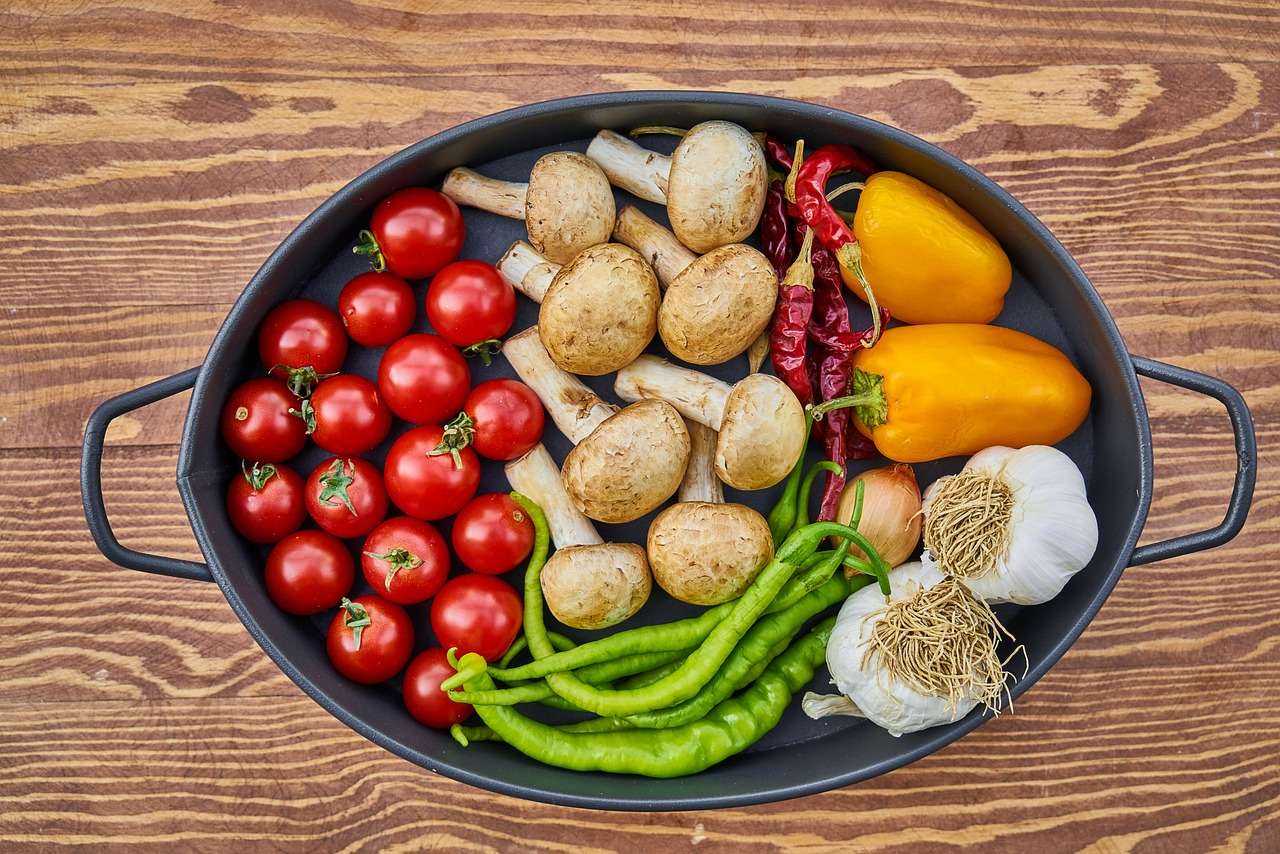Food labels are important for choosing the product that best fits your goals if you are conscious about your diet, whether for body composition or health purposes. Even if you are not tracking your diet, you probably still want the best quality foods for the money you pay. Many people believe that the FDA strictly regulates food labels, but few know that significant room for error is allowed. Some food companies try to hide from us the actual contents of their products behind fancy labels and long ingredient lists.
Once I began reading food labels more carefully, my life changed. I realized that products that position themselves as “healthy” or “fitness friendly” are often not any better than other generic brands, but they are much more expensive! Next time you go to a grocery store, compare some pricy breakfast cereals positioning them as a better version of a more generic brand. I bet you will find their ingredient lists very similar, with a high chance of the “healthy” option containing more sugars or fats. While it does not mean that all expensive brands do not worth it, I encourage you to be more conscious about your options.
Below you will find the three most common ways food labels can be deceiving and tricky.
#1 Appealing Food Claims: “Healthy,” “No Sugar,” “Lightly Sweetened.”
You might be surprised to learn that to win more customers, and some food manufacturers claim that their products do not contain sugars, while in reality, they still have sugar. Food producers hide food’s sugar content by calling it a different name, such as glucose, fructose, maltose, cane sugar, corn sweetener, ethyl maltol, maltodextrin, and agave and cane syrup (not a complete list). While some of these substitutes might seem a better option, they are still a form of sugar. Moreover, if you see a label “lightly sweetened,” don’t be deceived, as the difference is often insignificant, and in some cases, there is no difference at all. When talking about sugar content and “healthy” foods, you should remember that you can find added sugar in many products you would not expect to find it. For example, ketchup, flavoured yogurt, protein bars, sports drinks, salad dressings and pasta sauces often contain some sugar.
#2 Wrong Calorie Contents.
When trying to count calories, be careful when checking food labels. Calories stated under the nutritional facts are not always accurate, especially in those products that present themselves as low-calorie ones. For example, some brands do not count calories coming from fibre, claiming that because it does not digest, there are no calories. However, it is not valid! In reality, about 85% of fibre gets digested by enzymes in our small intestine. Moreover, fibre contains between 2 to 3 calories per 1 gram, but not 0!
Here is how you can check if a product contains more calories than it claims. First, you need to remember that 1 gram of protein and carbohydrate holds 4 calories each, and 1 gram of fat has 9 calories. Next, when looking at the nutritional facts of a product, check how many grams of protein and carbs it contains, adds the two numbers and multiply the sum by 4. Then see how many grams of fat it contains and multiply it by 9. Finally, add together the total of carbs and protein and fats, and you will get the approximate total amount of calories in the product. To get the exact number, see how many grams of fibre there is in the food product, multiply it by 2 and subtract from the total you had.
Let’s look at an example. You bought a protein bar that claims that it has only 154 calories – what a catch, you might think! Further down, the nutritional facts label says that the bar contains 15 grams of protein (P), 20 grams of carbs (C) (10 of them are fibre (Fb)), and 6 grams of fat (F). So, to calculate the total value you need to do the following: 1) (15P + 20C) x 4 + 6F x 9 = 194 calories; 2) 194 calories – (10 Fb x 2) = 174 calories total. But why does the food manufacturing company claim 154 calories? You would ask me. The answer is they did not add any value for fibre, which in this example contains 20 calories (10 Fb x 2 = 20 calories). Here you get the difference of 20 calories between the claimed amount and the reality! And while it might not seem significant, it might quickly add up to 100 extra calories over the span of the day.
#3 Serving Sizes.
Finally, serving sizes is where many people get tricked. If you pay attention to serving sizes stated on the labels or try to whey the suggested serving, you will find that these amounts are much smaller than you typically eat. For example, a typical suggested serving size for chips is about 30 grams / 1 ounce, which is only 13-15 chips. I bet only a few people usually limit themselves to that amount! Sometimes we might also think that a can of pop or a bottle of our favourite drink will be the suggested serving, but quite often, you will find that it is only half of a can. Moreover, when comparing two similar products, their suggested serving sizes might be different, thus making one product look less attractive than the other one.
While calorie content is not critical for every person, you never want to be taken advantage of and want to ensure you get what you are paying for! So to ensure that you get the best possible option, just spend a couple of extra seconds reading the labels carefully, and learn to ignore the big claims!





